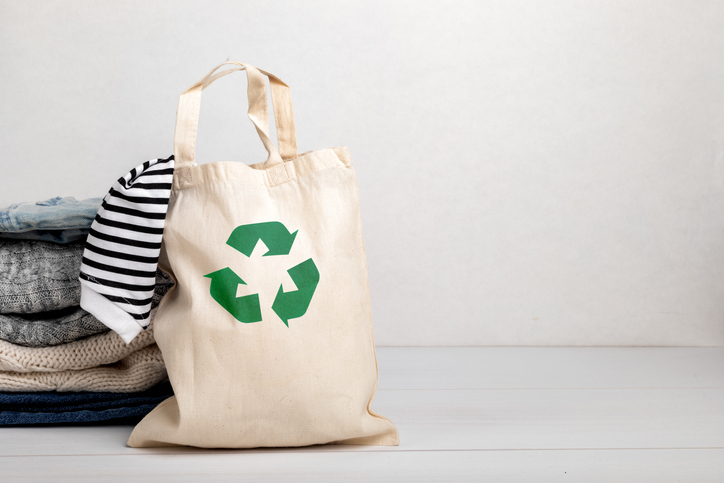Understanding sustainability from a consumer perspective
Editor’s note: Joeri Van Den Bergh is co-founder of research firm InSites Consulting.
2020 ranks as the second-hottest year in history, with a record number of hurricanes and tropical storms. The physical impact of the climate crisis is impossible to ignore, causing the topic of sustainability to grow in importance globally. As people increasingly understand how essential our natural environment is for our future, experts are becoming concerned about another, less obvious consequence of the escalating emergency: the strain it is putting on people’s mental well-being.
Through our research with U.S. citizens (November 2021), we set out to understand the topic of sustainability from a consumer perspective.
Eco-anxiety is real. Our research has shown that 62% of U.S. consumers share a feeling of concern about wasting the planet’s resources. Despite this, Earth Overshoot Day comes earlier every year (March 14, 2021, in the U.S.), meaning that most citizens aren’t acting upon their eco-anxiety. So where does the problem lie, and what’s creating this sustainability paradox?

What is fueling consumers’ eco-confusion?
A first driver is the fact that sustainability is a holistic, all-embracing concept, making it a very complex matter for consumers. An overload of claims and labels around sustainability only adds to this complexity, fueling consumers’ eco-confusion.
According to the global Ecolabel Index, more than 455 eco-labels are used in 199 countries across 25 industries. This surplus in sustainability claims not only confuses consumers, but it also makes them doubt how trustworthy they are. In fact, 68% of U.S. consumers believe there should be more reliable and accessible ways to evaluate whether a brand is sustainable or not. If organic products are packaged in plastic, for example, are they considered sustainable?
Consumers’ eco-confusion is further fueled by a lack of awareness of what brands are doing – 90% of U.S. citizens could not name a single “sustainable brand” when asked.
A second dimension driving the sustainability paradox is the so-called say-do gap, where intentions are high, but actual behavior is low. Research has shown that although 65% of consumers say they want to buy purpose-driven brands that advocate sustainability, only 26% do (Harvard Business Review, 2019).
Our research identifies four key barriers that are holding consumers back: affordability, accessibility, performance and convenience. Although more than 54% of U.S. consumers express the willingness to change their habits, this does not happen from one moment to the next. Many aspects of our lives run on autopilot, including most decisions we take daily.
Brands can break down sustainability barriers
Brands can play an important role here, in both breaking down the barriers to sustainability, and helping consumers form new habits. With national leadership on sustainability lacking in the U.S. (57% of consumers believe the government is not doing enough), 63% feel brands have a responsibility to take care of the planet. Brands need to adapt to these new consumer expectations and norms, starting with choosing the right ESG mission and communicating about its ambitions in a credible way.
Next, it’s also important to engage the workforce in the mission, and make sure the brand’s ESG mission triggers a genuine interest among consumers. It should be something they can relate to and be enthusiastic about.
Our Conscious Consumption report demonstrates that U.S. consumers want businesses and brands to step up; we need to solve our problems with ingenuity. Research has shown that companies that successfully match customers’ sustainability expectations are rewarded with a higher revenue growth and more customer loyalty. This is a call for action. The time for brands to act is now, because in the end, good business is good business.
Methodology
The survey was conducted by InSites Consulting in November 2021, among 800 respondents in the U.S., from four generations (Baby Boomers, Generation X, Generation Y and Generation Z). The sample is representative for each generation.
